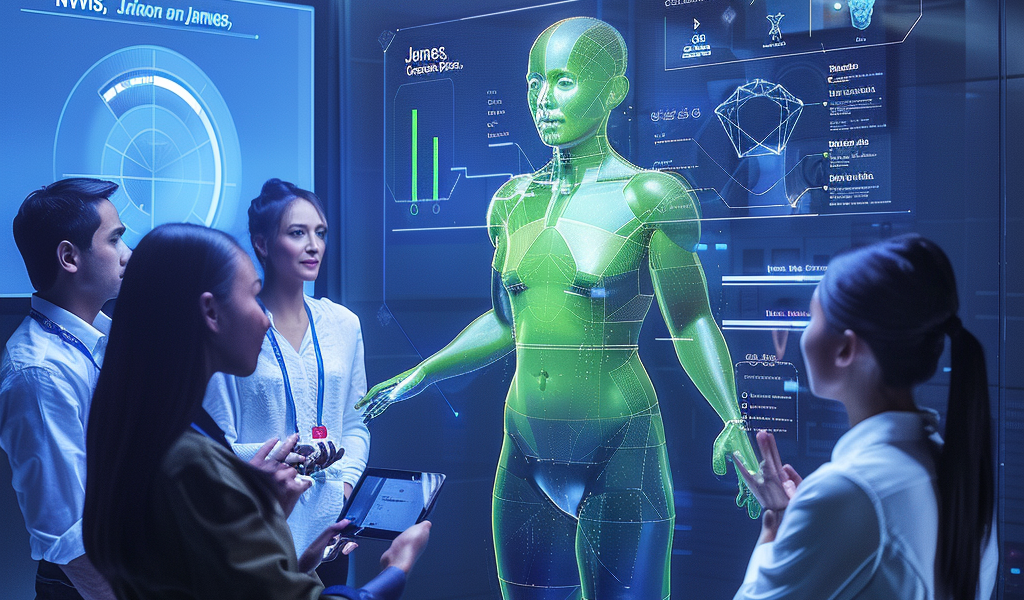NVIDIA Unveils Groundbreaking Generative AI for Customer Service with Hyperrealistic Digital Avatars
In a groundbreaking development for customer service and digital interaction, NVIDIA has unveiled its latest advancements in generative AI technologies, focusing on the creation of hyperrealistic digital human avatars. These innovations, showcased at the recent SIGGRAPH conference, promise to revolutionize how businesses engage with their customers across various industries.
NVIDIA introduced ‘James,’ an interactive digital human designed to enhance customer service experiences. This innovative avatar leverages the capabilities of NVIDIA ACE, a powerful reference design that facilitates the creation of custom, lifelike, interactive avatars. Users will soon have the opportunity to engage with James in real time through NVIDIA’s dedicated platform.
James is not just a static representation; he is built on NVIDIA’s NIM microservices, which enable him to provide contextually relevant responses. Utilizing retrieval-augmented generation (RAG) technology, James can deliver accurate information about the latest NVIDIA technologies, making him an invaluable resource for customers seeking assistance.
The advancements in NVIDIA’s Maxine AI platform complement the capabilities of James. Maxine enhances digital human interactions by improving audio and video quality, allowing for the deployment of photorealistic 2D and 3D avatars in real-time communications. This platform is set to redefine telepresence experiences, offering an immersive environment for users.
One of the standout features of Maxine is its ability to transform 2D video inputs into 3D avatars. This means that businesses can integrate highly realistic digital humans into video conferencing and other two-way communication applications, significantly enhancing user engagement and interaction quality. The technology is currently in early access, allowing developers to explore its potential.
Another exciting tool within the Maxine platform is Audio2Face-2D, which animates static portraits based on audio input. This feature enables the creation of dynamic digital humans that can speak and express emotions, all derived from a single image. As businesses strive to create more engaging customer interactions, this technology offers a unique solution for creating lifelike avatars that can convey messages effectively.
Companies across various sectors are already beginning to adopt NVIDIA’s digital human technologies. Notable names such as HTC, Looking Glass, and Reply are exploring the potential of these innovations to enhance their customer service offerings and create more immersive virtual experiences.
The integration of generative AI in customer service not only improves the efficiency of interactions but also adds a layer of personalization that traditional methods lack. By utilizing AI models for speech, translation, vision, and lifelike animation, businesses can create tailored digital human avatars that resonate with their target audience.
As industries continue to evolve, the demand for more sophisticated customer interactions will only grow. NVIDIA’s advancements in digital human technologies position them at the forefront of this transformation, providing businesses with the tools necessary to meet and exceed customer expectations.
With the launch of these innovative tools, NVIDIA is paving the way for a future where digital humans play a central role in customer engagement strategies. The potential applications are vast, ranging from virtual assistants in retail to interactive avatars in healthcare, and the possibilities for enhancing customer experiences are limitless.
As organizations look to leverage these technologies, the focus will be on creating seamless, engaging interactions that not only meet customer needs but also foster deeper connections. The future of customer service is here, and it is powered by NVIDIA’s cutting-edge generative AI technologies.





